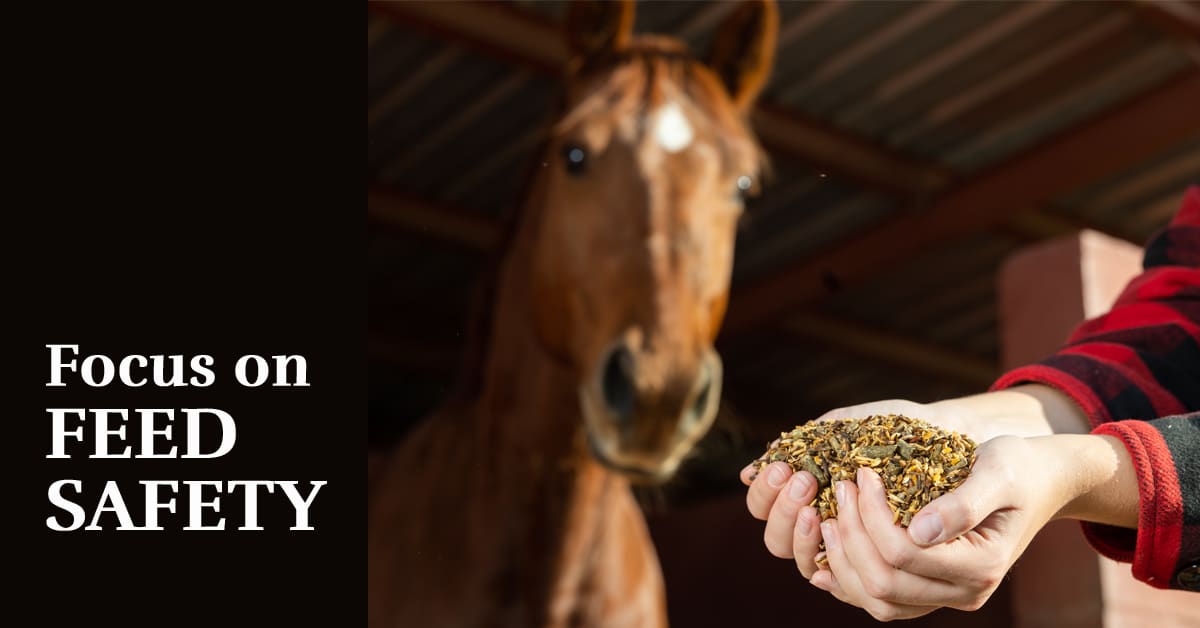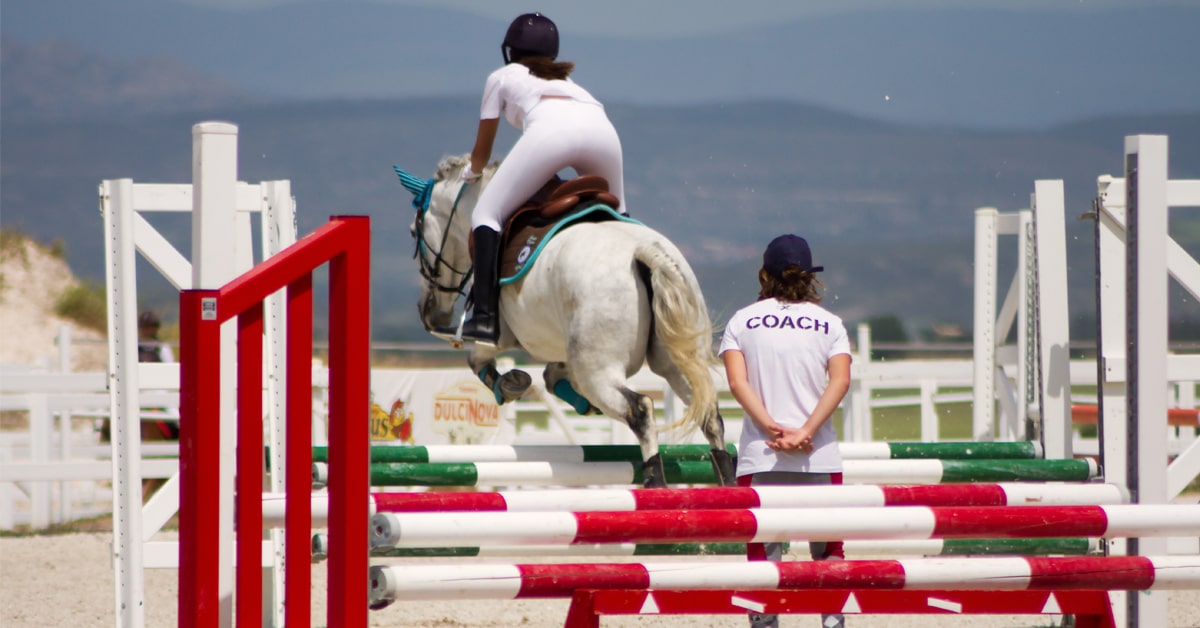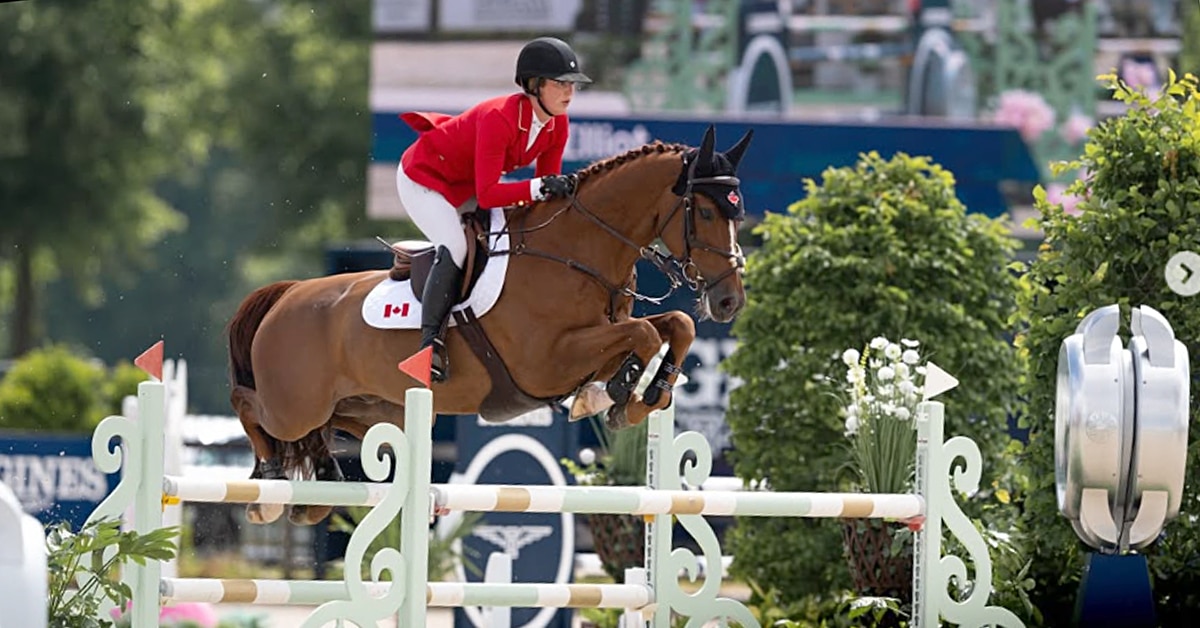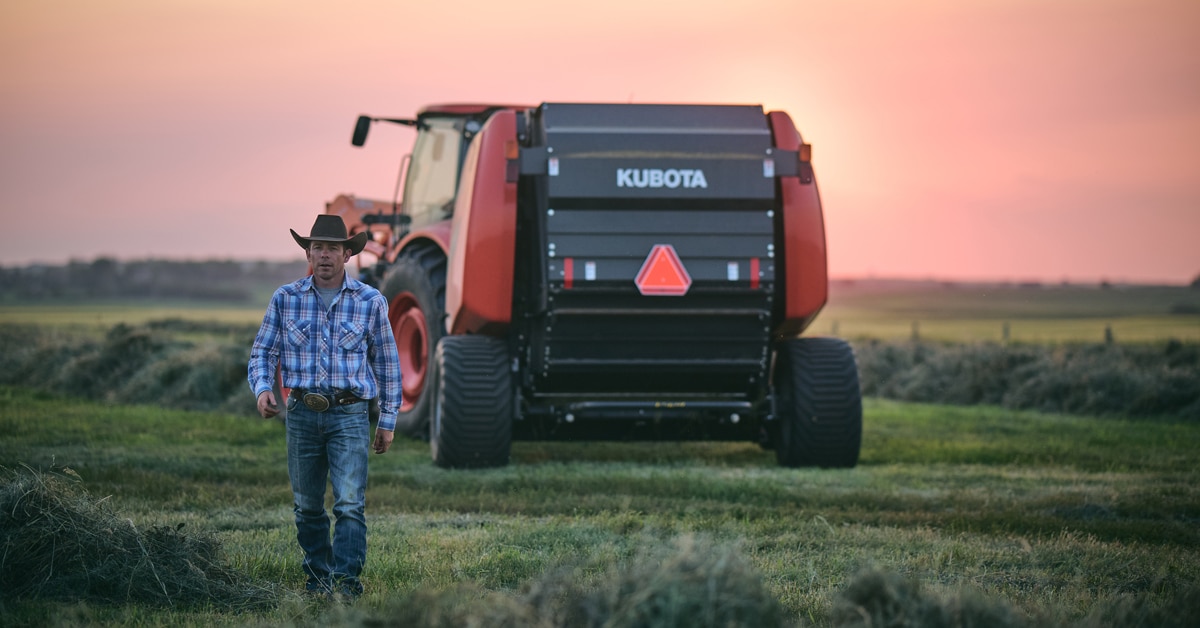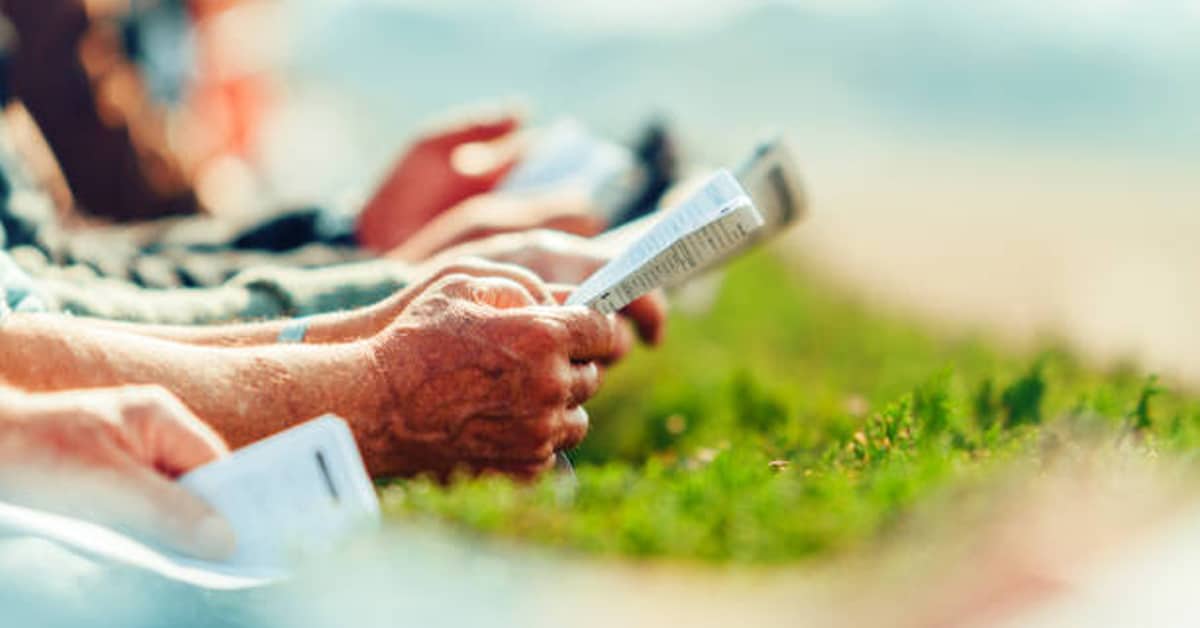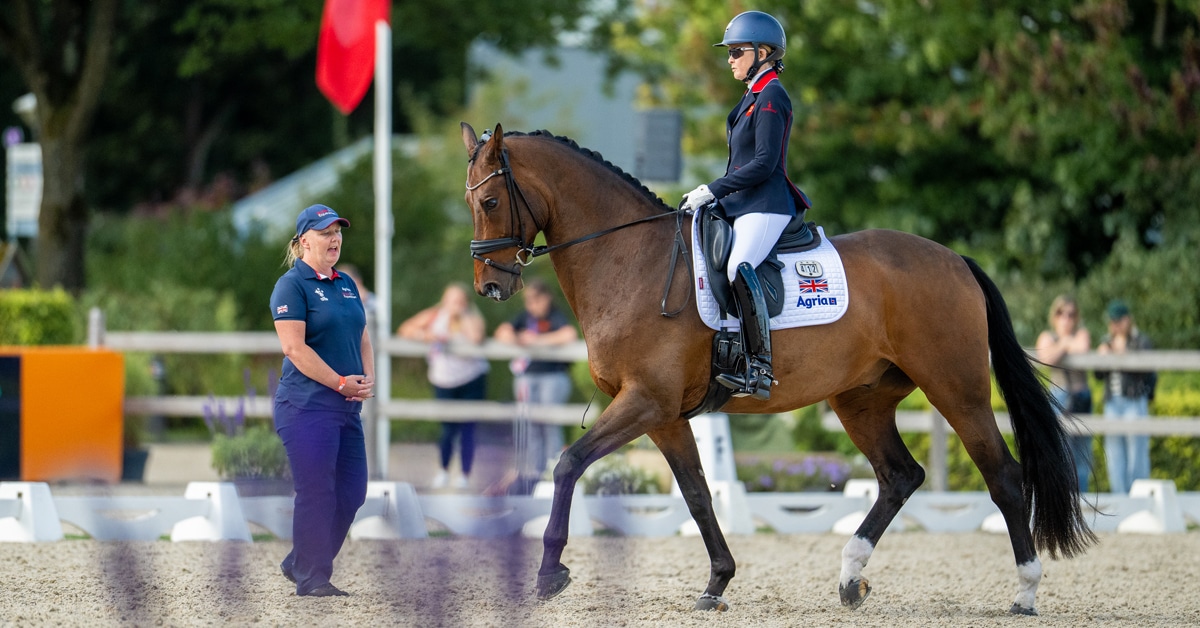Trying to school unconfirmed movements in the warm-up leads to unnecessary stress and mistakes, not to mention a disappointing result. This point leads me to the first tip to a successful warm-up.
Not a training ground
When you are warming up at a competition, you should not be ‘training’ your horse. The training is already done, having taken place at home.
If you are riding a second level test, for example, schooling flying changes in your warm-up is counterproductive. It will introduce the risk of a mistake in the counter-canter in the test, and will very likely result in a confused horse. Instead, focus on the things that will be most helpful to your specific performance.
In your warm-up, be careful not to grind repetition of exercises. Identify at-home exercises to repeat that help you get past a mistake. If you can’t fix something with a really simple exercise, then leave it and accept that the movement isn’t going to be your nine that day. When you are in the test, ride through that movement as well as you can, and have realistic expectations about how well that movement will go.
Practice Timing at home
At a show, you don’t have the luxury of riding the test when the horse feels ready; you have a specific time at which you have to try to have your horse at his peak. Learning how long that takes requires practice. I hold test days with my students at home where they have to decide before they get on how long they should warm up before riding through a test. When they come in the ring I ask them how long their warm-up is planned to be, and I set a time for them to ride through the tests. The riders learn to have a plan and then to stick with it, learning in the process whether they gave themselves enough, too much, or not enough time for the warm-up. Keep in mind that the amount of time required for a horse to peak will vary with the individual horse, with the environment, and with the level of competition.
Once you have determined how long a warm-up you need at home, I tell riders to then add ten minutes to the warm-up at the show. Horses are almost invariably more relaxed at home than at a show, so the extra ten minutes gives you time to ensure your horse has time to settle and relax.
Going to schooling shows is an invaluable tool for learning how you need to adjust your warm-up time to accommodate any extra energy the horse has away from home. A hotter horse will naturally take longer to relax in a new situation than a lazy horse, which might actually benefit from the extra energy created by the show atmosphere.
Make the most of every outing
In planning your warm-up, think all the way from your arrival at the showground to the last half-hour before your test. Arriving at the venue a day or two before the competition starts is ideal, especially a show facility that is new to you or your horse. Introduce your horse to the competition arena when it is open the day before the competition.
Dressage riders tend to ride alone too much; it takes practice to be able to warm up in a ring with other riders and not be distracted. Find opportunities to get used to a busy warm-up arena.
In your warm-up, it is often helpful to trot your horse quietly through the actual test pattern to help with visualization and also to practice the places where you would ride preparatory half-halts before movements and transitions. Finally, watch professional riders warm up their horses, and pay attention to their ability to focus.
The Latest


